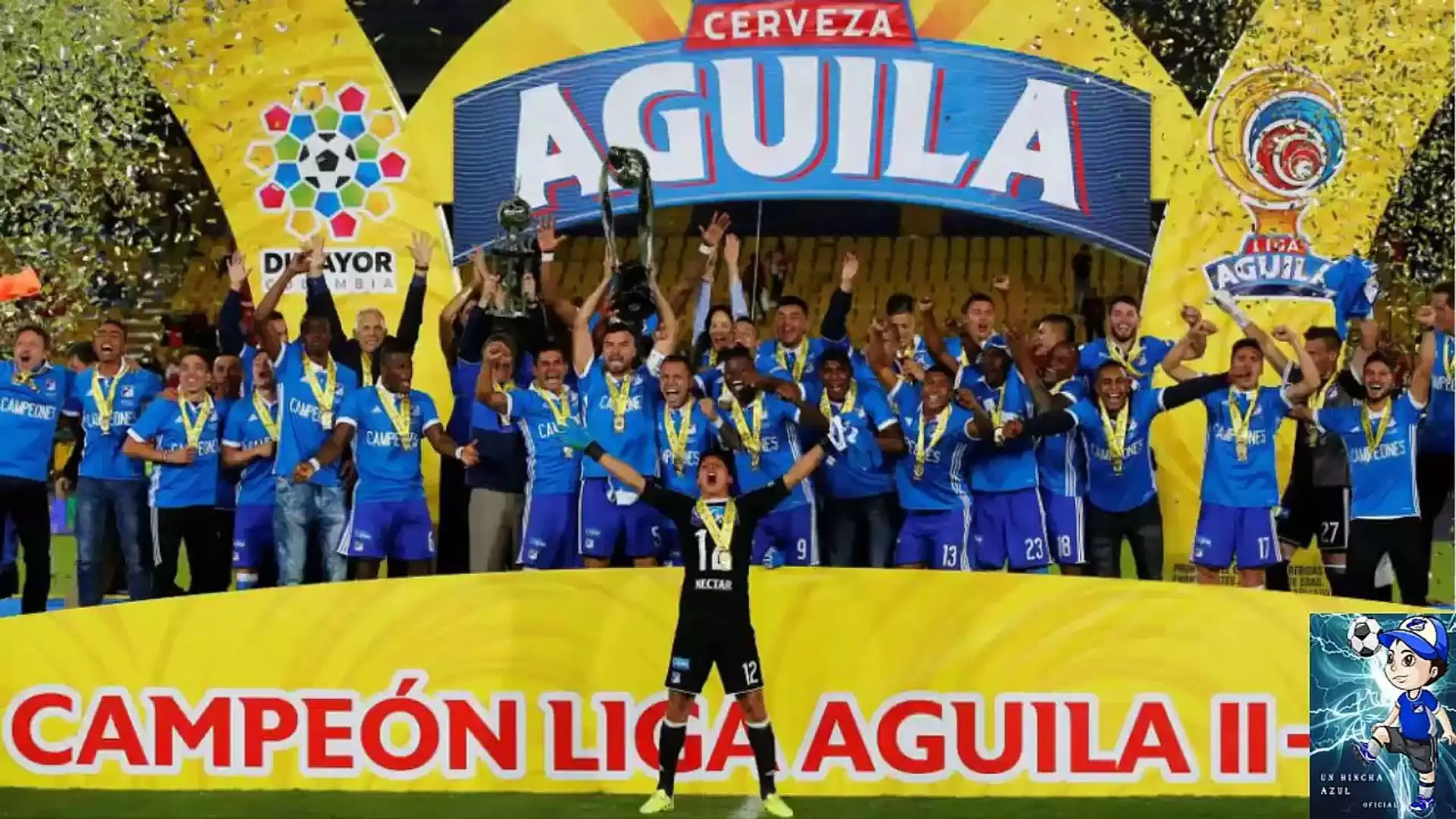The History and Culture of Football in Colombia
Football has a long and rich history in Colombia. The first recorded match was played in 1908, and since then, the sport has become an integral part of Colombian culture. The country has produced some of the world's most talented players, including Carlos Valderrama, Faustino Asprilla, and James Rodriguez. Colombian fans are known for their passion and dedication, and many consider football to be a way of life.
The country's love of football is evident in the number of professional teams and stadiums scattered throughout the country. From the capital city of Bogota to smaller towns like Tunja and Popayan, football is played and watched by millions of people across Colombia. The sport is also a source of national pride, with fans cheering on their teams during international competitions like the World Cup.
The Economic Impact of Football in Colombia
The financial impact of football in Colombia cannot be overstated. According to a report by the Colombian Football Federation, the industry generated over $250 million in revenue in 2019, with the potential for even greater growth in the coming years. This revenue comes from a variety of sources, including ticket sales, merchandise, and sponsorship deals.
One of the main drivers of this growth has been the increasing popularity of Colombian football both domestically and internationally. The country's teams have enjoyed success in recent years, with Atletico Nacional winning the Copa Libertadores in 2016 and Independiente Santa Fe winning the Copa Sudamericana in 2015. These victories have helped to raise the profile of Colombian football and attract more fans to the sport.
How Fans Contribute to the Financial Success of Football Clubs
Fans play a crucial role in the financial success of football clubs in Colombia. Their dedication and passion for the sport help to drive ticket sales, merchandise revenue, and sponsorship deals. Fan clubs, in particular, have become an essential part of the football culture in Colombia, providing a space for supporters to come together, share their love of the sport, and support their team.
At the heart of these fan clubs are the barras bravas, groups of hardcore supporters who are known for their loud and passionate chants, elaborate choreography, and unwavering support for their team. These barras bravas are often seen as the backbone of Colombian football, providing a sense of community and belonging for fans across the country.
The Importance of Merchandise Sales and Ticket Revenue
Merchandise sales and ticket revenue are two of the most significant sources of income for football clubs in Colombia. Fans love to show their support for their team by purchasing jerseys, scarves, and other merchandise. This not only generates revenue for the club but also helps to raise the profile of the team and attract new fans.
Ticket sales are also a crucial source of income for clubs in Colombia. Fans are willing to pay top dollar to see their team play, especially during important matches or derbies. The atmosphere at these games is electric, with fans cheering on their team and creating a sense of excitement and anticipation that is hard to match.
Sponsorship Deals and the Role of Fans in Securing Them
Sponsorship deals are another significant source of revenue for football clubs in Colombia. These deals provide clubs with the financial resources they need to invest in their team, facilities, and infrastructure. One of the key factors that sponsors consider when choosing a club to partner with is the size and engagement of the fan base.
Fans play a crucial role in securing sponsorship deals for their club. Sponsors want to see that the club has a dedicated and passionate fan base that will help to promote their brand and generate sales. The more engaged and active the fan base, the more valuable the sponsorship deal is likely to be.
The Impact of Fan Engagement on a Club's Financial Success
Fan engagement is a critical factor in the financial success of football clubs in Colombia. The more engaged and active the fan base, the more revenue the club is likely to generate from ticket sales, merchandise, and sponsorship deals. Fans who feel connected to their team are more likely to attend games, purchase merchandise, and share their support on social media.
One of the ways that clubs in Colombia have been able to increase fan engagement is by leveraging social media and other digital channels. Platforms like Facebook, Twitter, and Instagram provide a way for clubs to connect with fans and share news, updates, and behind-the-scenes content. This helps to create a sense of community and belonging for fans, which can translate into increased revenue for the club.
Examples of Successful Fan Engagement Strategies in Colombian Football
There are many examples of successful fan engagement strategies in Colombian football. One of the most notable is the use of social media to connect with fans and build a sense of community. Clubs like Atletico Nacional and Millonarios have large followings on social media, with thousands of fans engaging with their content every day.
Another successful strategy is the use of fan clubs and barras bravas to build a sense of community and belonging among supporters. These groups provide a space for fans to come together, share their love of the sport, and support their team. They also help to create a sense of excitement and anticipation during games, which can translate into increased revenue for the club.
The Future of Fan Involvement in Colombian Football
The future of fan involvement in Colombian football looks bright. With the increasing popularity of the sport both domestically and internationally, there is a growing demand for high-quality football content and fan experiences. Clubs that are able to provide this content and engage with their fans in meaningful ways will be well-positioned to succeed in the years to come.
One of the key trends shaping the future of fan involvement in Colombian football is the use of technology and digital channels. Platforms like social media, streaming services, and mobile apps provide new opportunities for clubs to connect with fans and provide them with unique experiences. Clubs that are able to embrace these technologies and leverage them to engage with their fans will be well-positioned to succeed in the future.










